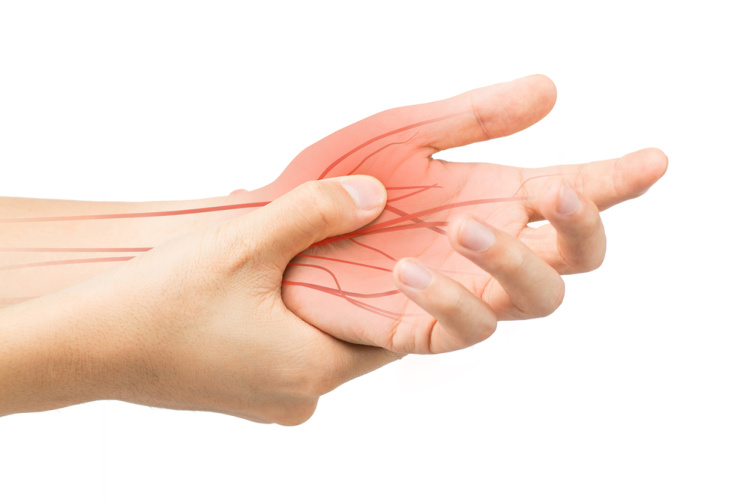Pain is the body’s way of letting us know something is wrong and is our body’s way of saying that it’s time to take action. However, when the pain becomes a recurring issue, it’s no longer helpful and can have a massive impact on our quality of life.
Nerve pain, also known as neuropathy, can produce uncomfortable and debilitating effects. It arises when nerves become damaged, and it accounts for one-fifth of all cases of chronic pain. It’s often associated with diseases like diabetes but can occur from issues like tumors, HIV, arthritis, poor circulation, accidents, or surgeries. People with this condition can experience extreme burning pain, tingling, and numbness, and often have trouble finding a safe and effective treatment.
Treating Nerve Pain
Nerve pain is notoriously difficult to treat and can become so overwhelming that it causes depression. Non-steroidal anti-inflammatories are often ineffective, and patients usually forced to use strong prescription medication like opioids for relief. Unfortunately, these types of drugs have many adverse side effects and can lead to dependency, which can further mental health problems.

For a long time, strong prescription pain medication was thought to be the only option for patients with nerve pain. The good news is that cannabis is now becoming an option for more people, and we’re finding out that it’s an effective alternative to potentially addictive pain medication.
Research into Cannabis for Nerve Pain
While a lot more research is still needed to fully understand how cannabis can help treat nerve pain, what we know so far looks promising. A 2013 study published in The Journal of Pain found that cannabis produced significant pain reduction in people with neuropathic pain. A following study in the same publication looked into nerve pain associated with HIV and found at least a 30% reduction in pain compared to those taking a placebo.

So how does cannabis work to relieve neuropathic pain? The answer lies in the way it interacts with our endocannabinoid system.
How Does Cannabis Work for Nerve Pain?
The endocannabinoid system plays an essential role in regulating neuroplasticity and homeostasis of the central nervous system. It also works to modulate pain transmission in the nerve pathways. The body produces its own endocannabinoids on demand in the central nervous system, which act as a circuit breaker to reduce pain.
After a nerve injury, neurons can become more reactive and responsive. This can cause a series of cellular events that lead to the development of painful nerve endings. Cannabinoids can reduce nerve pain by altering these cellular functions. Cannabinoids like THC and CBD activate the CB1 and CB2 receptors and help regulate neurotransmitters and the central nervous system, helping to alleviate pain. Cannabis also plays a role in the endorphin system and can reduce a patient’s perception of pain, making it feel less intense and easier to deal with.

Two cannabinoids found in cannabis – CBD and THC – have been receiving most of the attention lately for their ability to knock-out pain. However, it’s not just THC or CBD that work to make you feel better. Many other cannabinoids and terpenes have analgesic properties as well.
When all of the naturally occurring cannabinoids and plant compounds in cannabis work together, a synergy is created known as the “entourage effect.” Whole plant medicine from cannabis can be a much more effective and healthy approach to pain management than most pharmaceuticals, which only isolate one or two chemicals as active ingredients in the medication.
If you want to learn more about treating pain with high-quality cannabis, we’d love to help. Schedule an appointment today or drop by. We’re happy to answer all of your questions and get you started on the road to better health.




